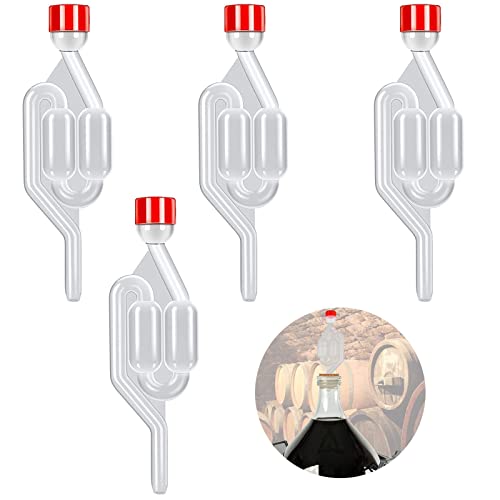I brew in the old washhouse; it's unheated, but I have a temperature controlled brew fridge. I noticed during the winter months that the cooling cycle hardly ever kicked in, so I knocked up a fermentation chamber from t&g board and insulated it with corrugated card and bubble wrap. It works a treat with an Inkbird controller and a tubular heater.
I wondered whether a large cardboard box (washing machine size, say) could be used as a fermentation chamber in a bedroom? Lined with polystyrene or bubble wrap and heated with a tubular heater controlled by an Inkbird unit, it would hold the heat in when the room is cold and keep the heat out if the radiator kicks in.
I wondered whether a large cardboard box (washing machine size, say) could be used as a fermentation chamber in a bedroom? Lined with polystyrene or bubble wrap and heated with a tubular heater controlled by an Inkbird unit, it would hold the heat in when the room is cold and keep the heat out if the radiator kicks in.




























![BREWING THERMOMETER STICKERS ACCURATELY MONITOR FERMENTING BEER & WINE LIQUID TEMPERATURES 5PCS HOME BREW SPIRITS WINE LCD ADHESIVE [US]](https://m.media-amazon.com/images/I/311DDjo2X3L._SL500_.jpg)











